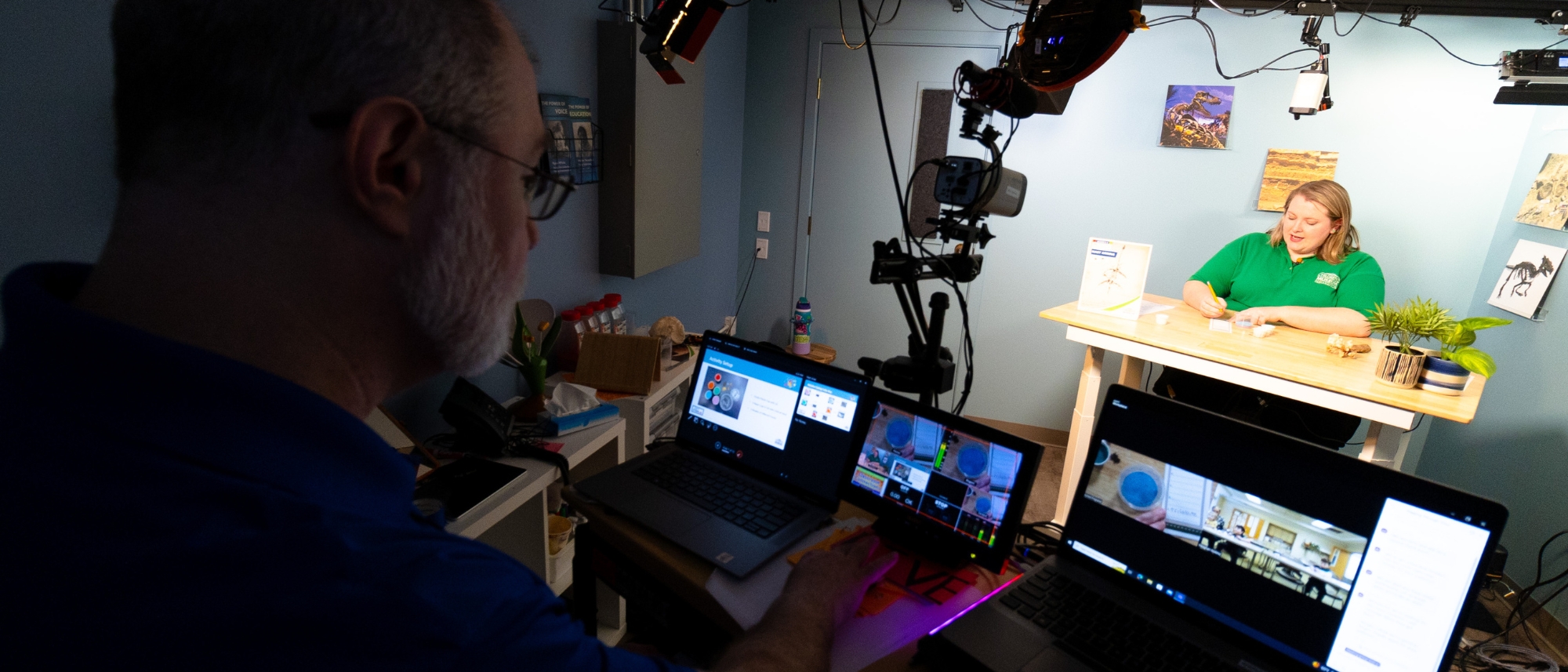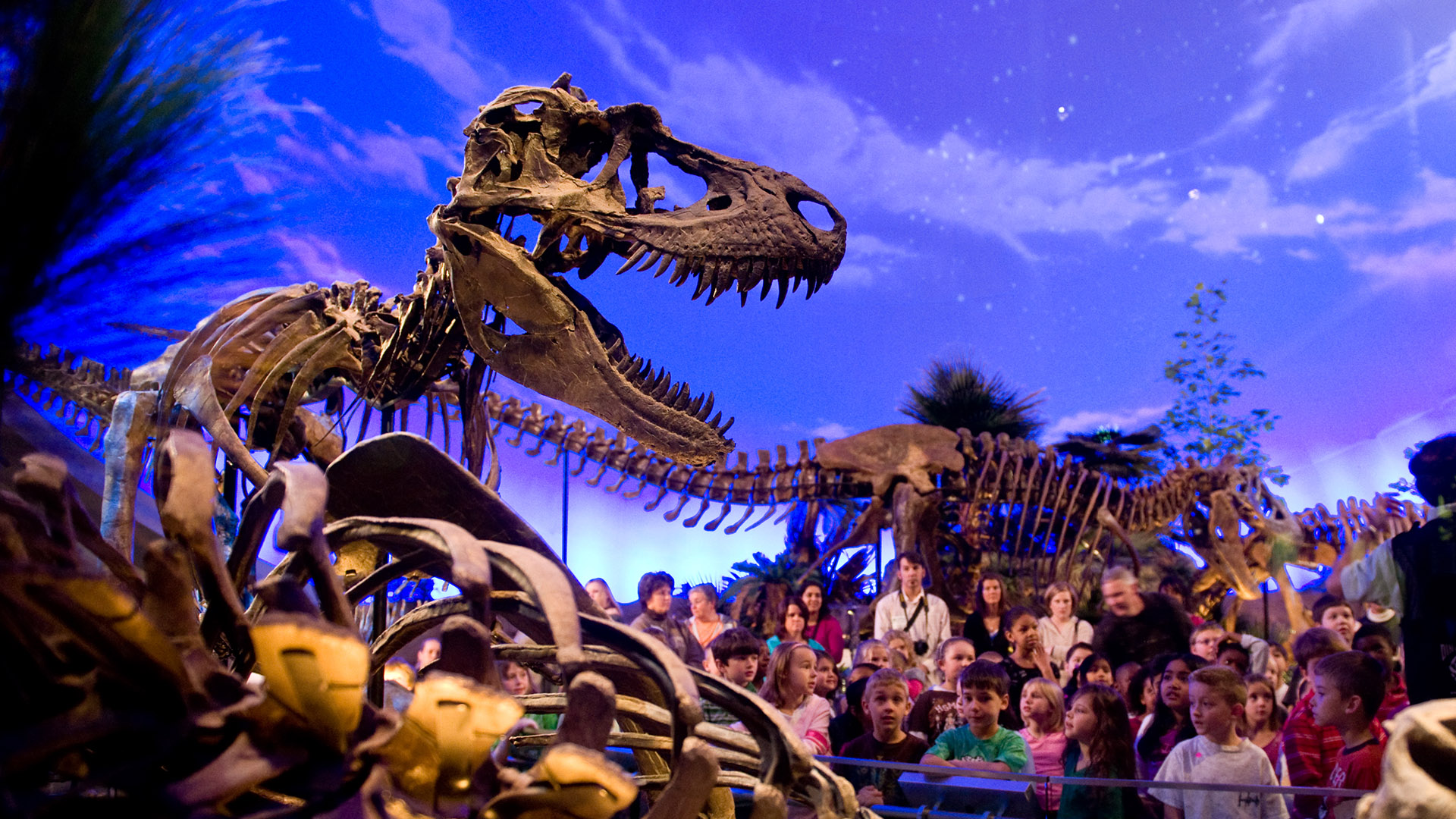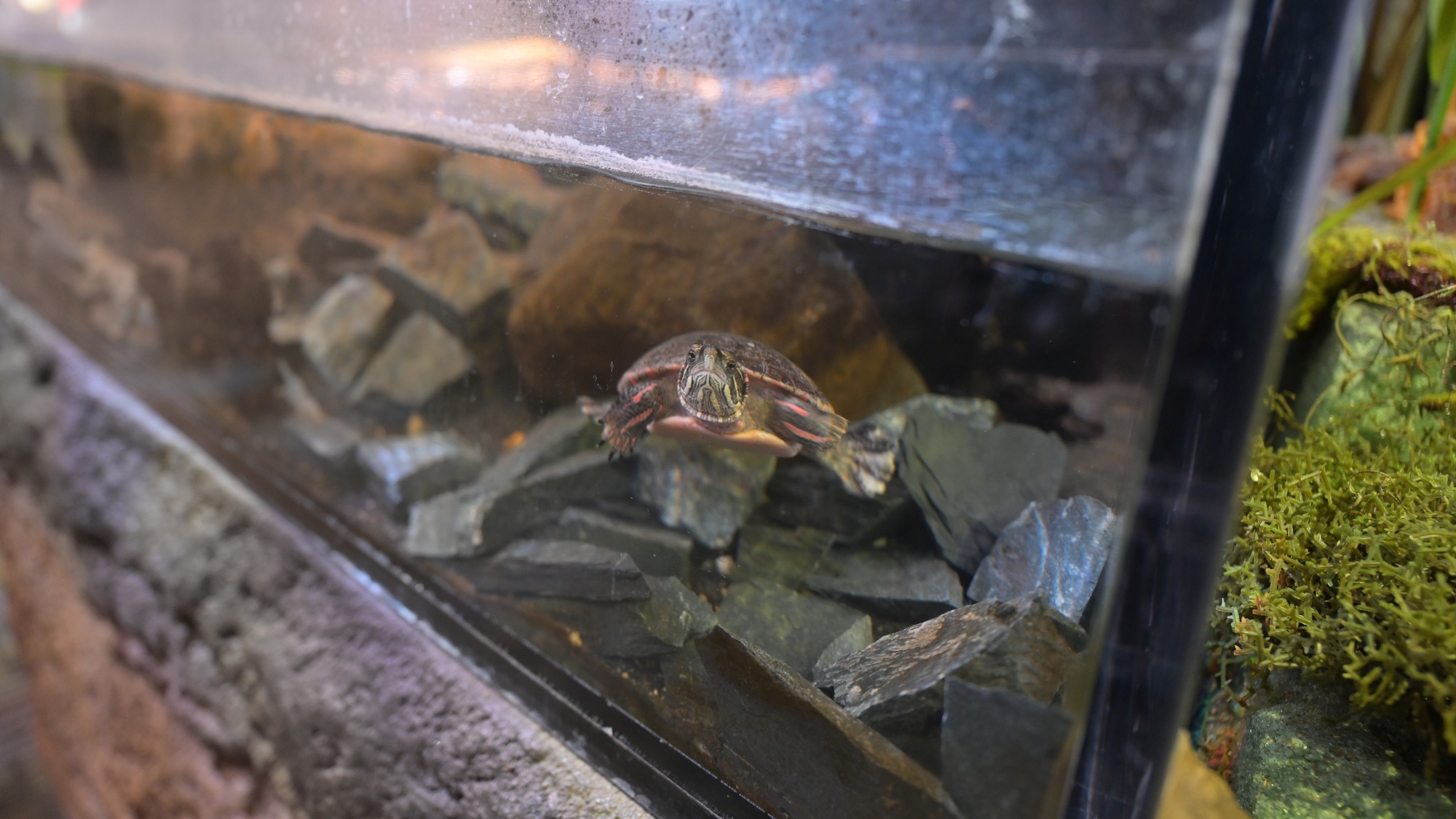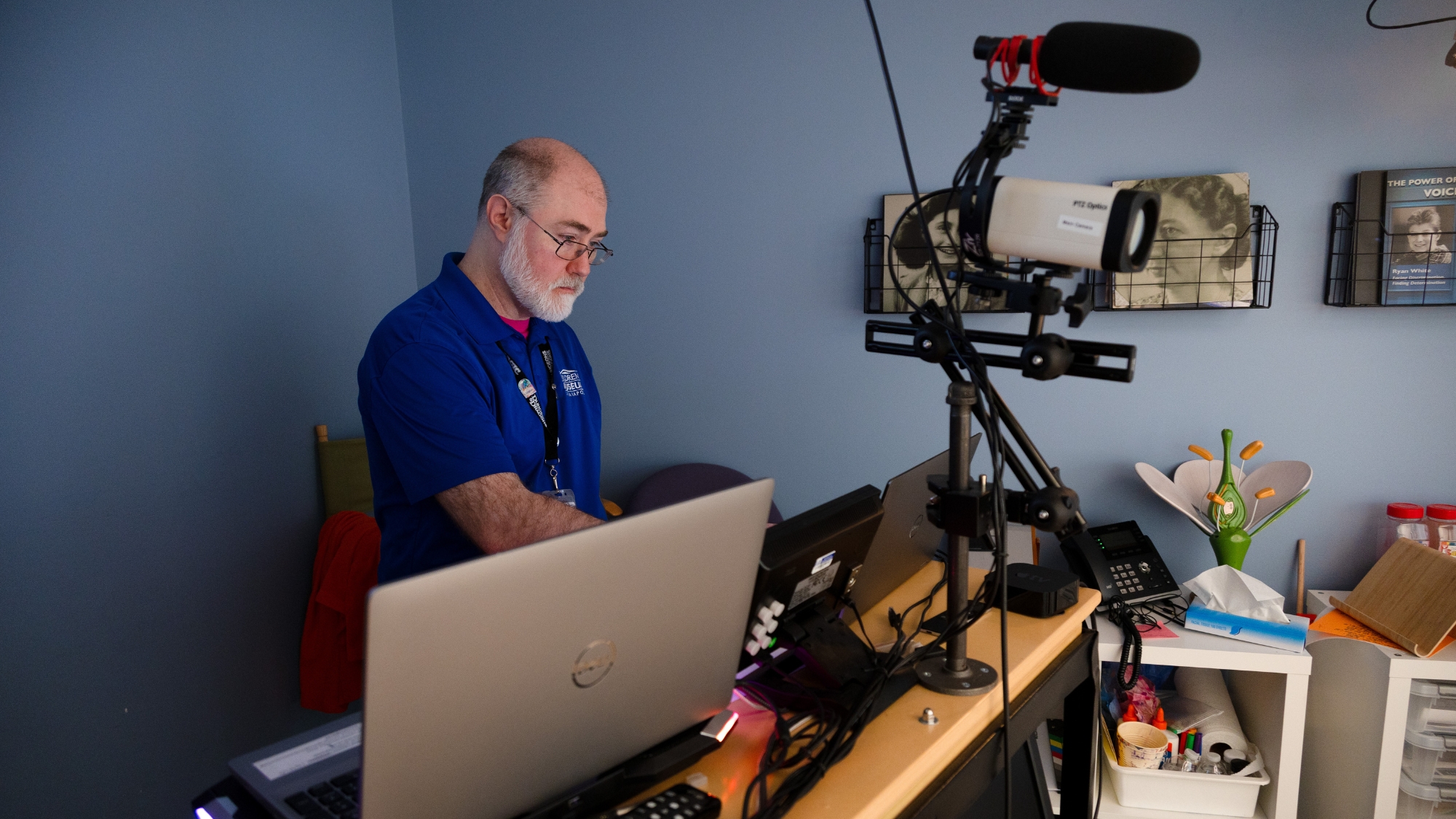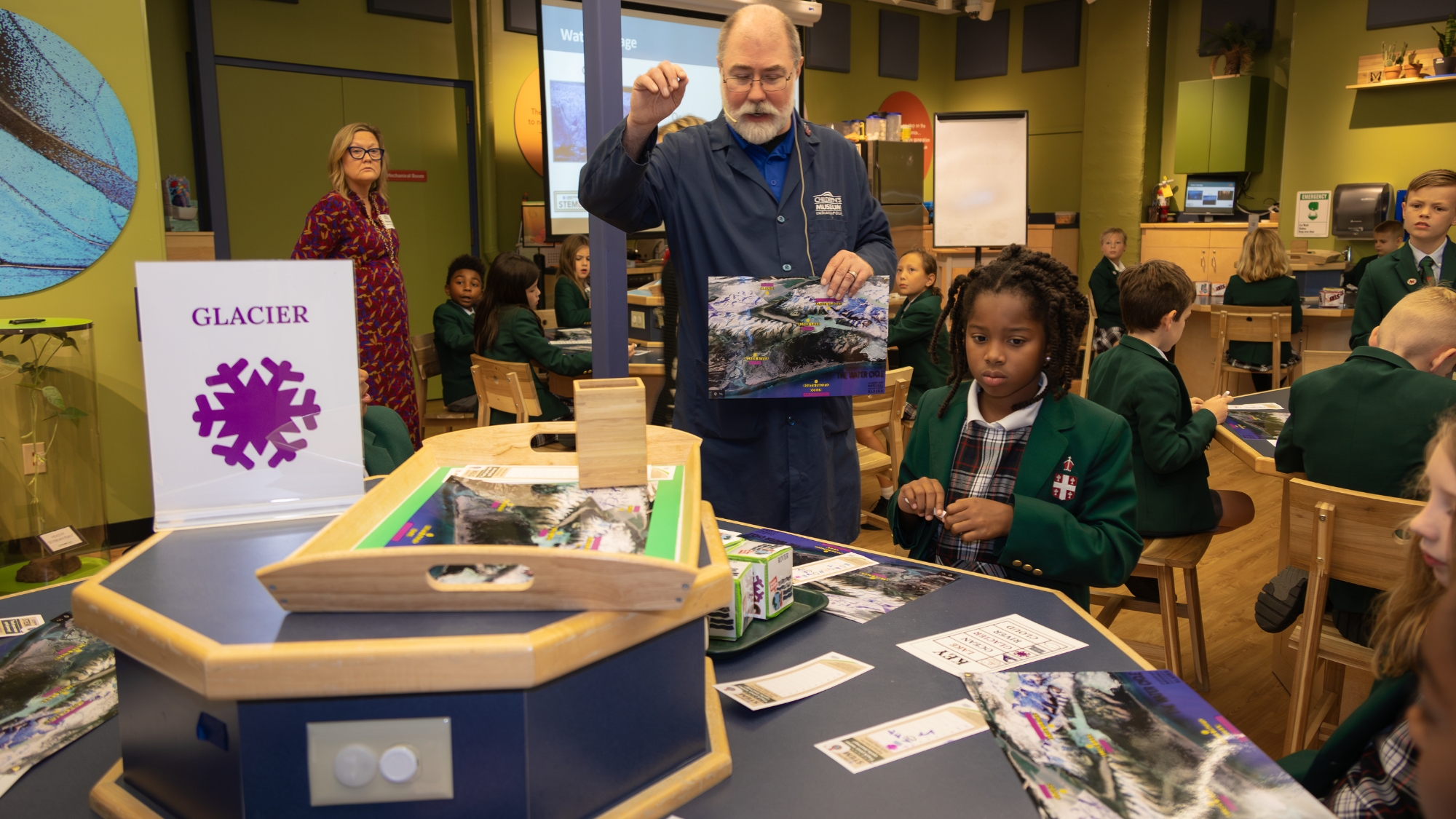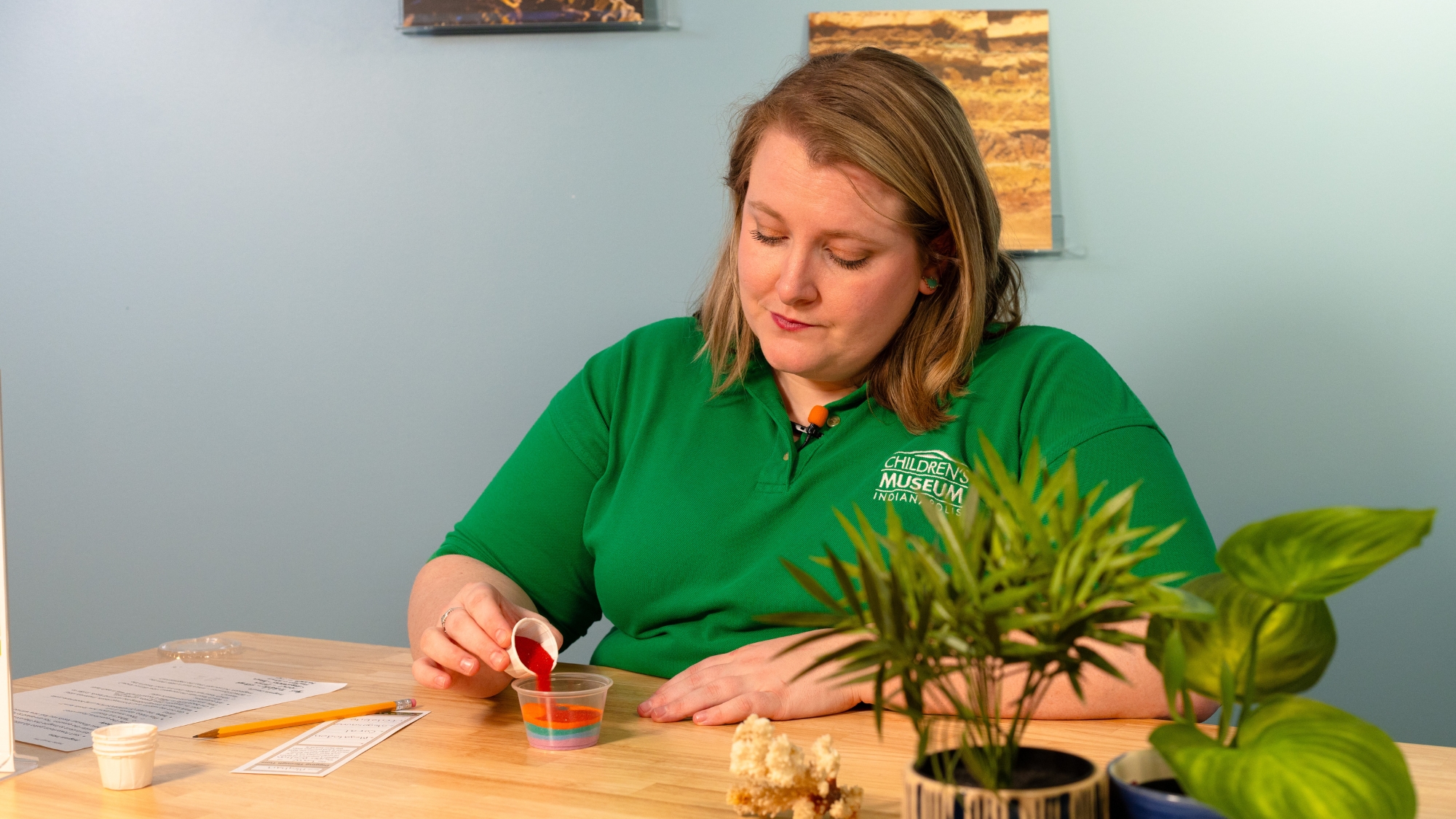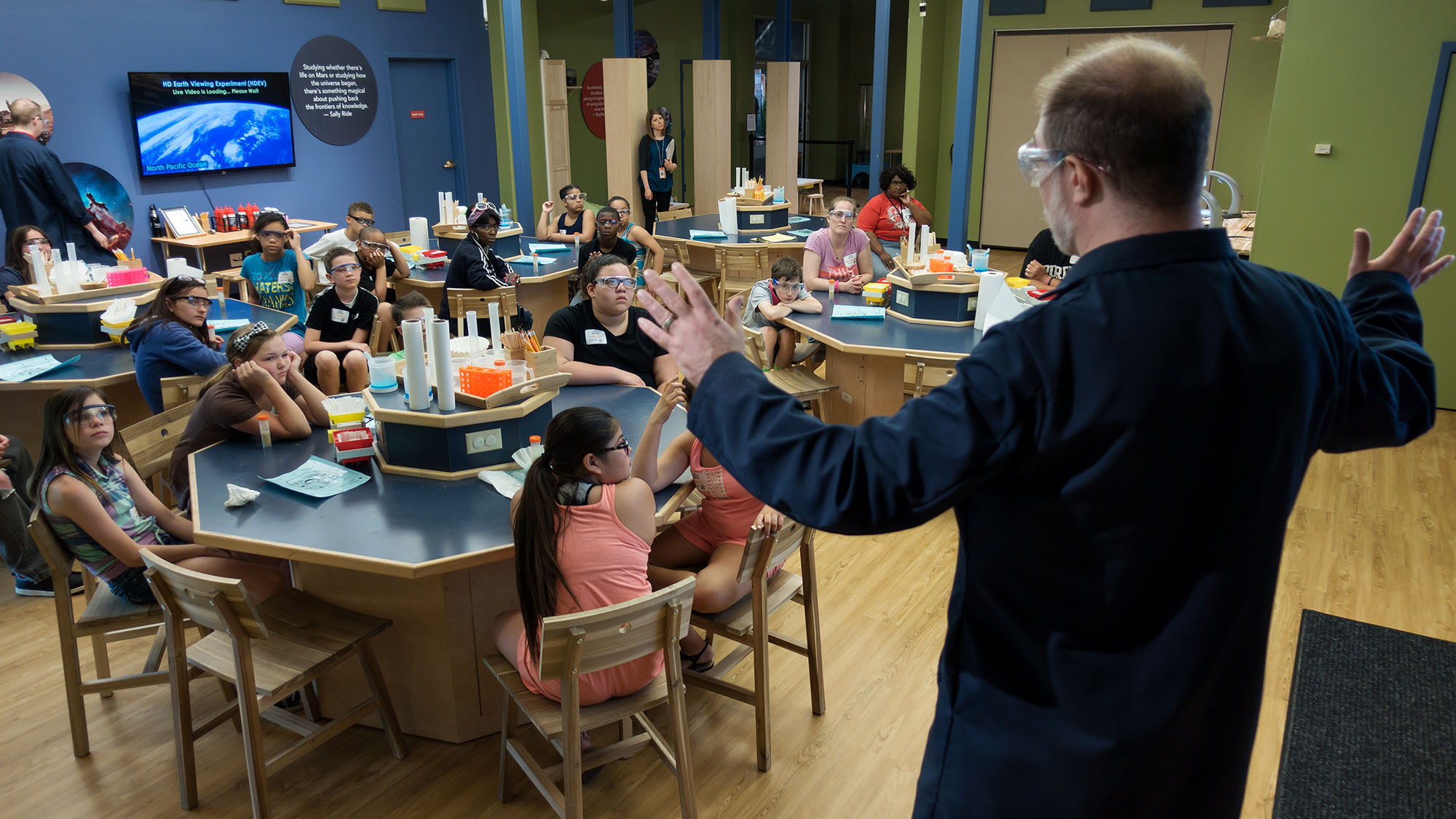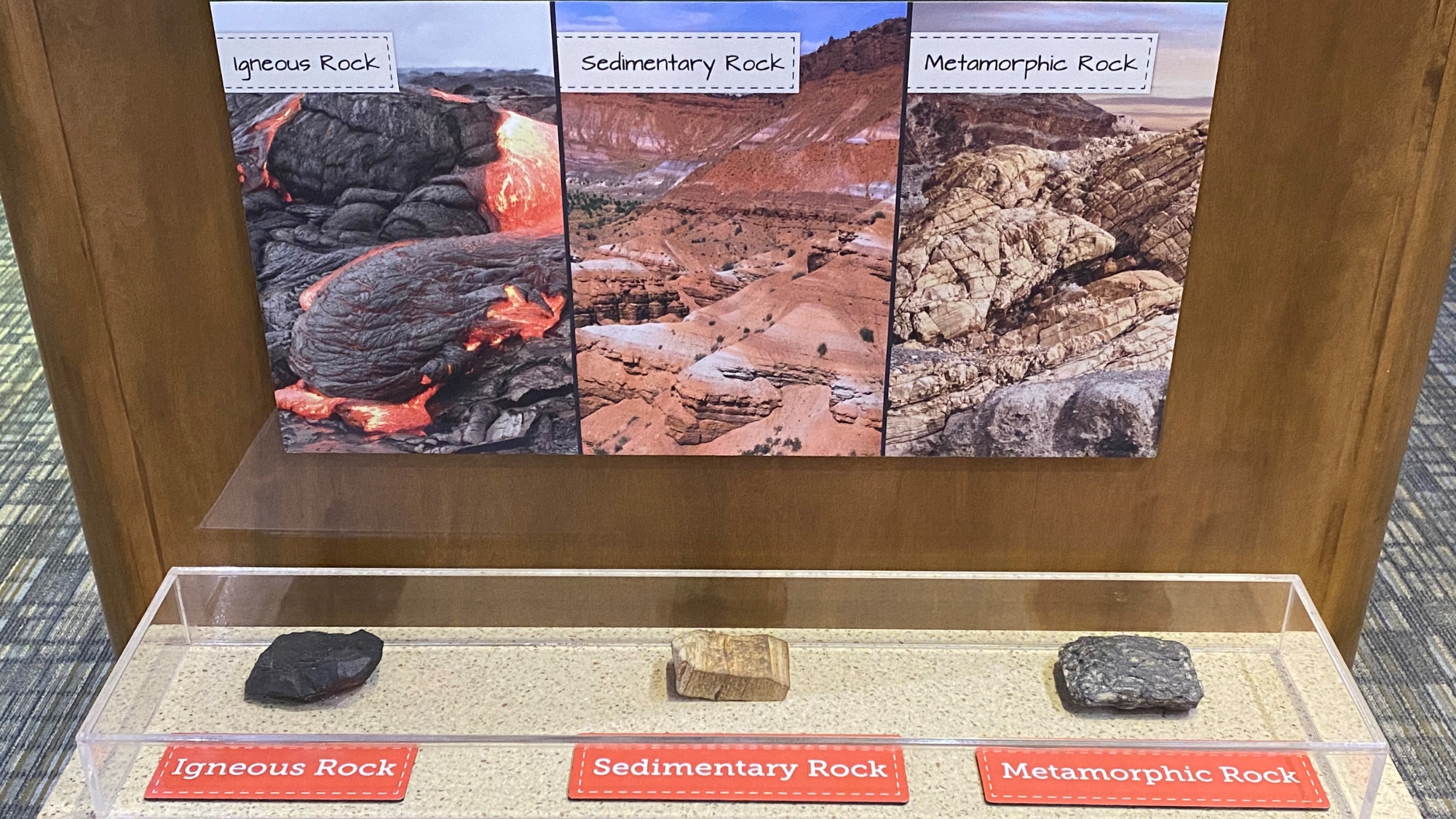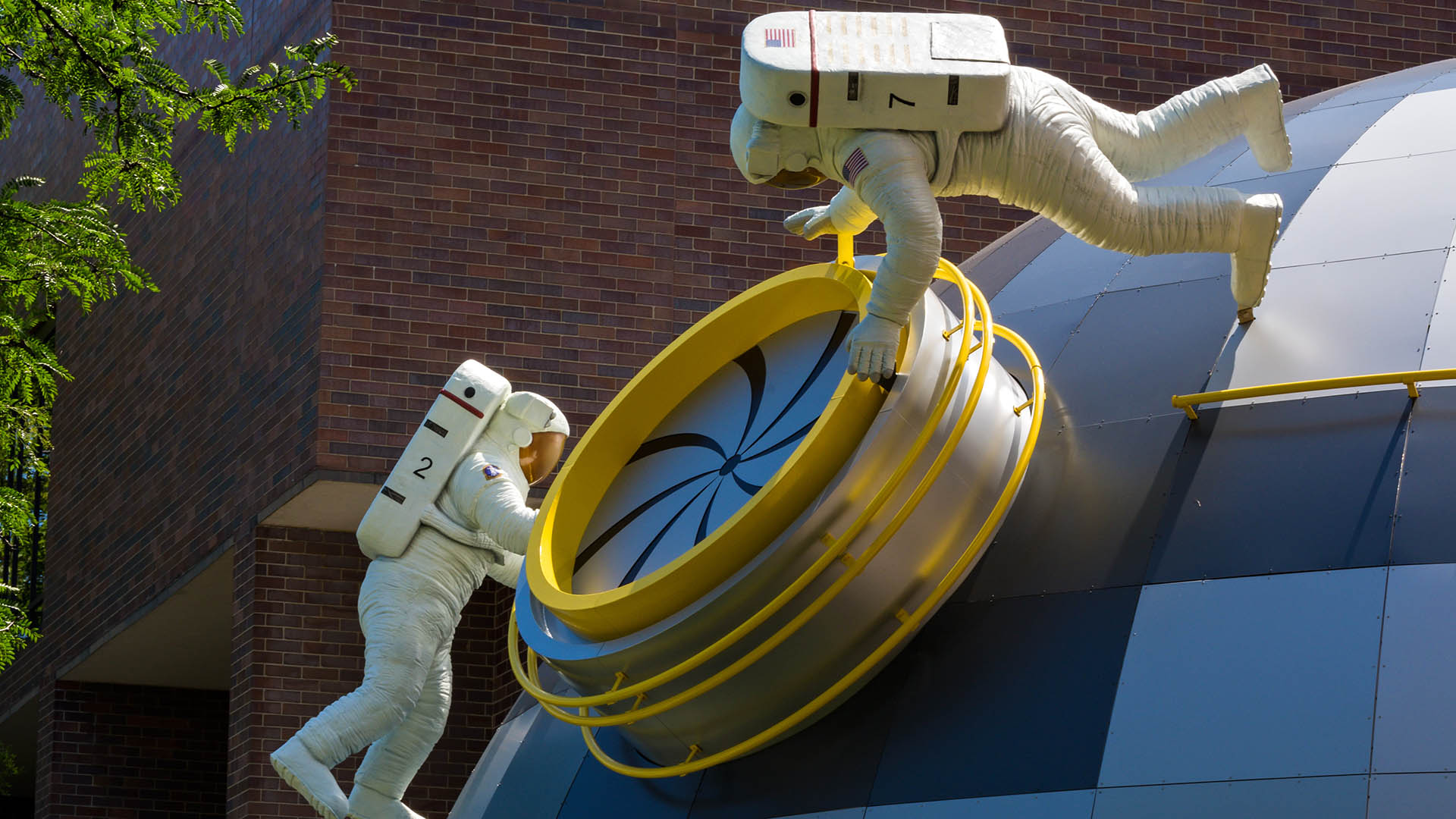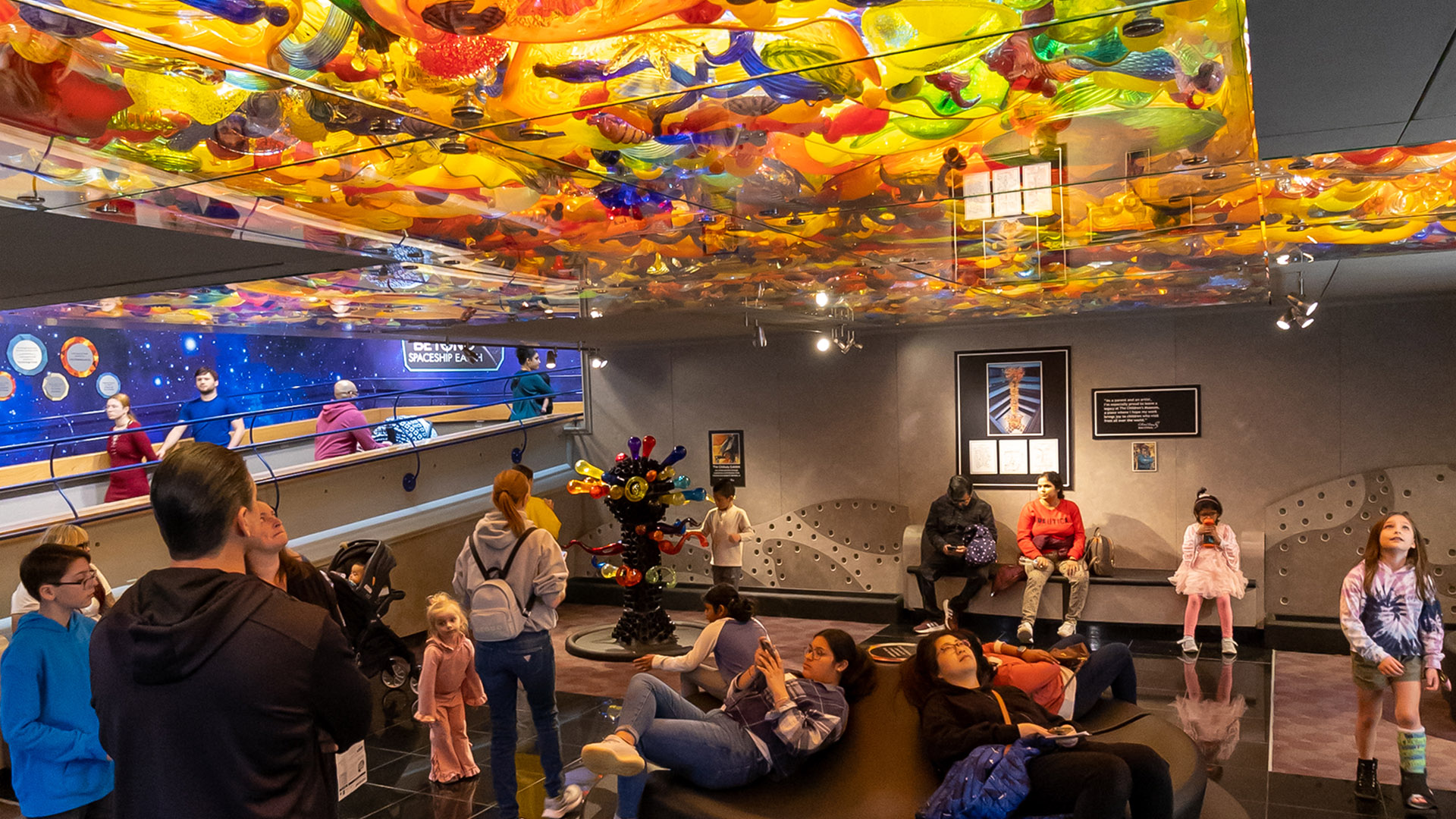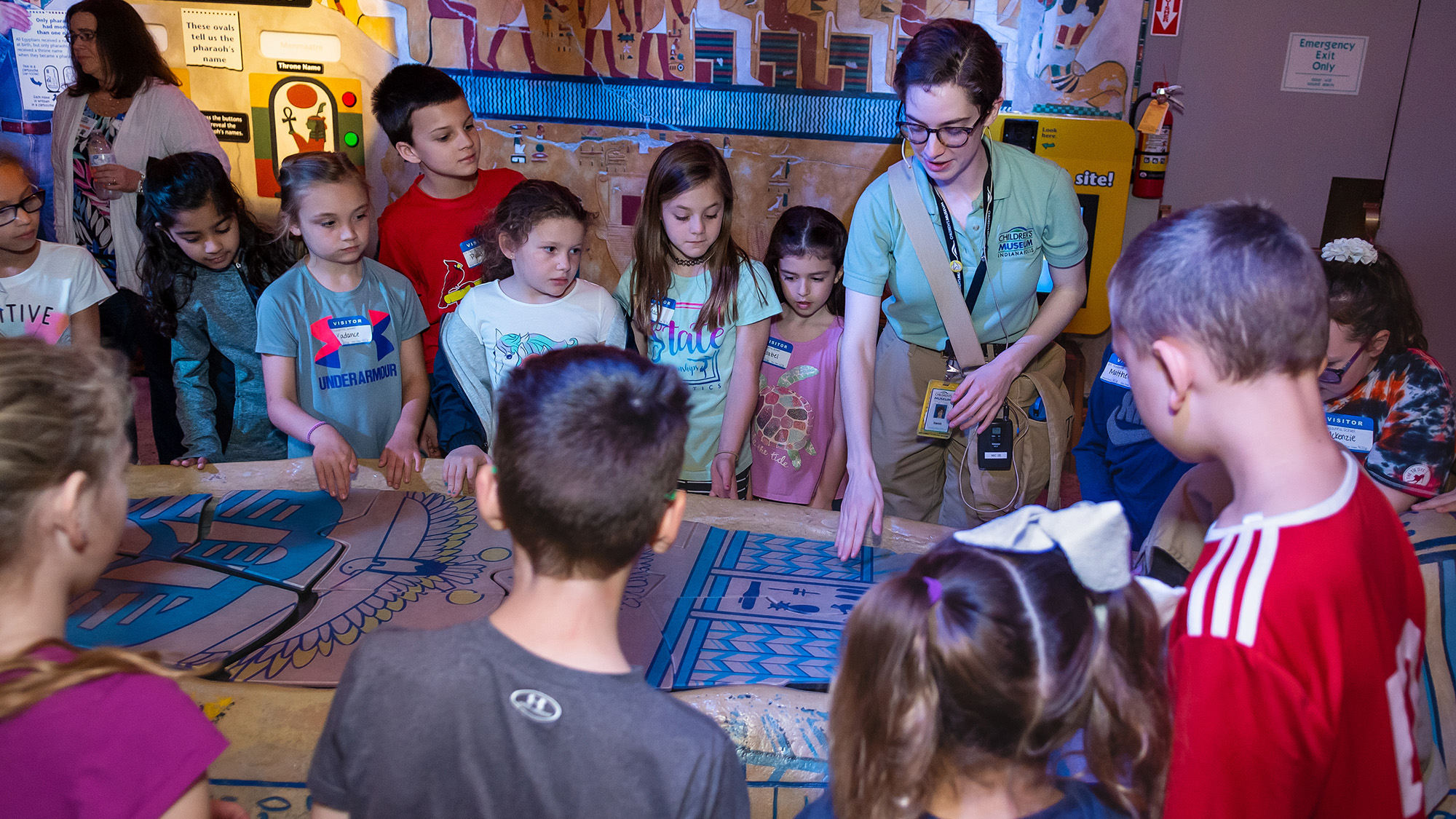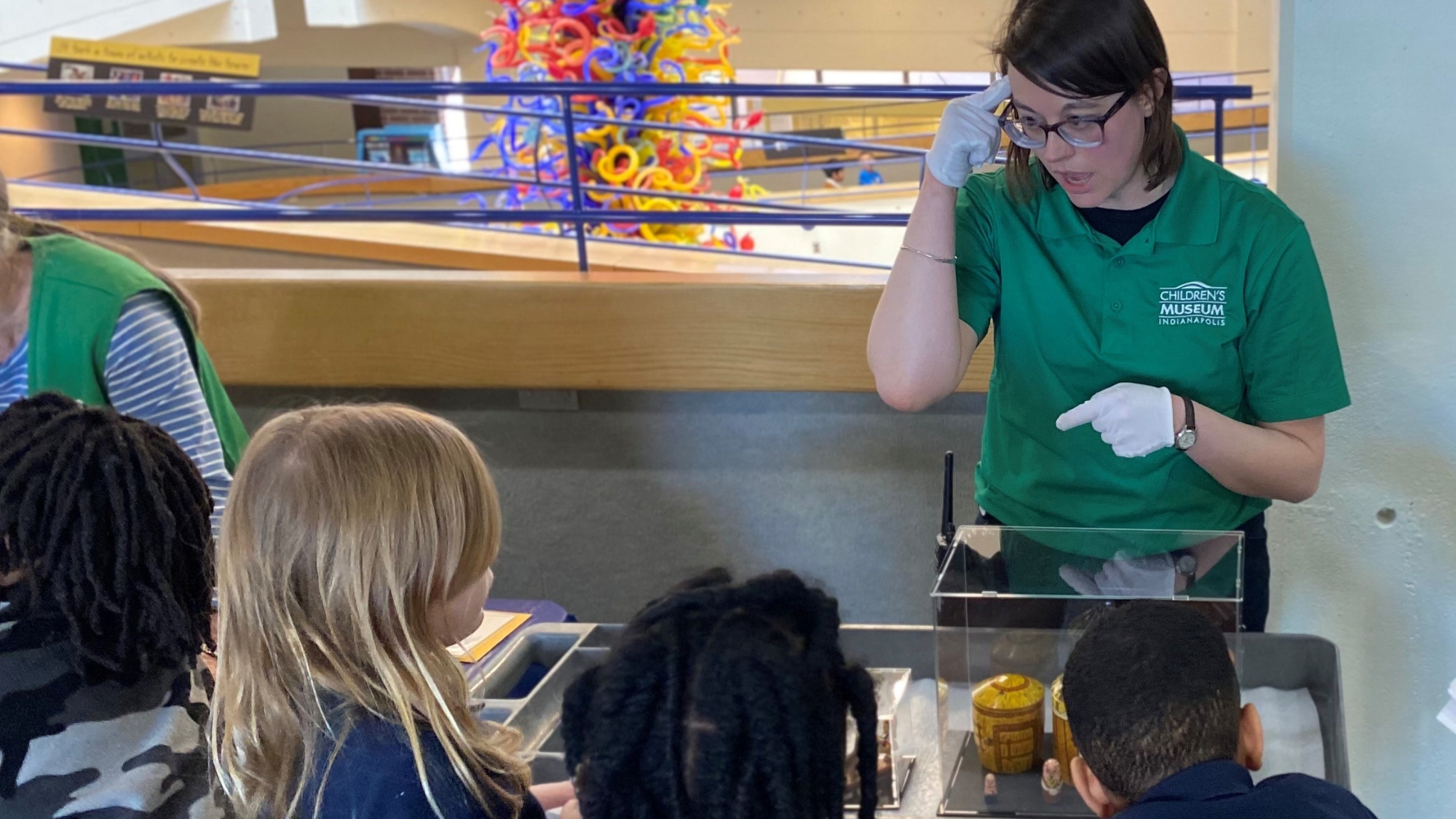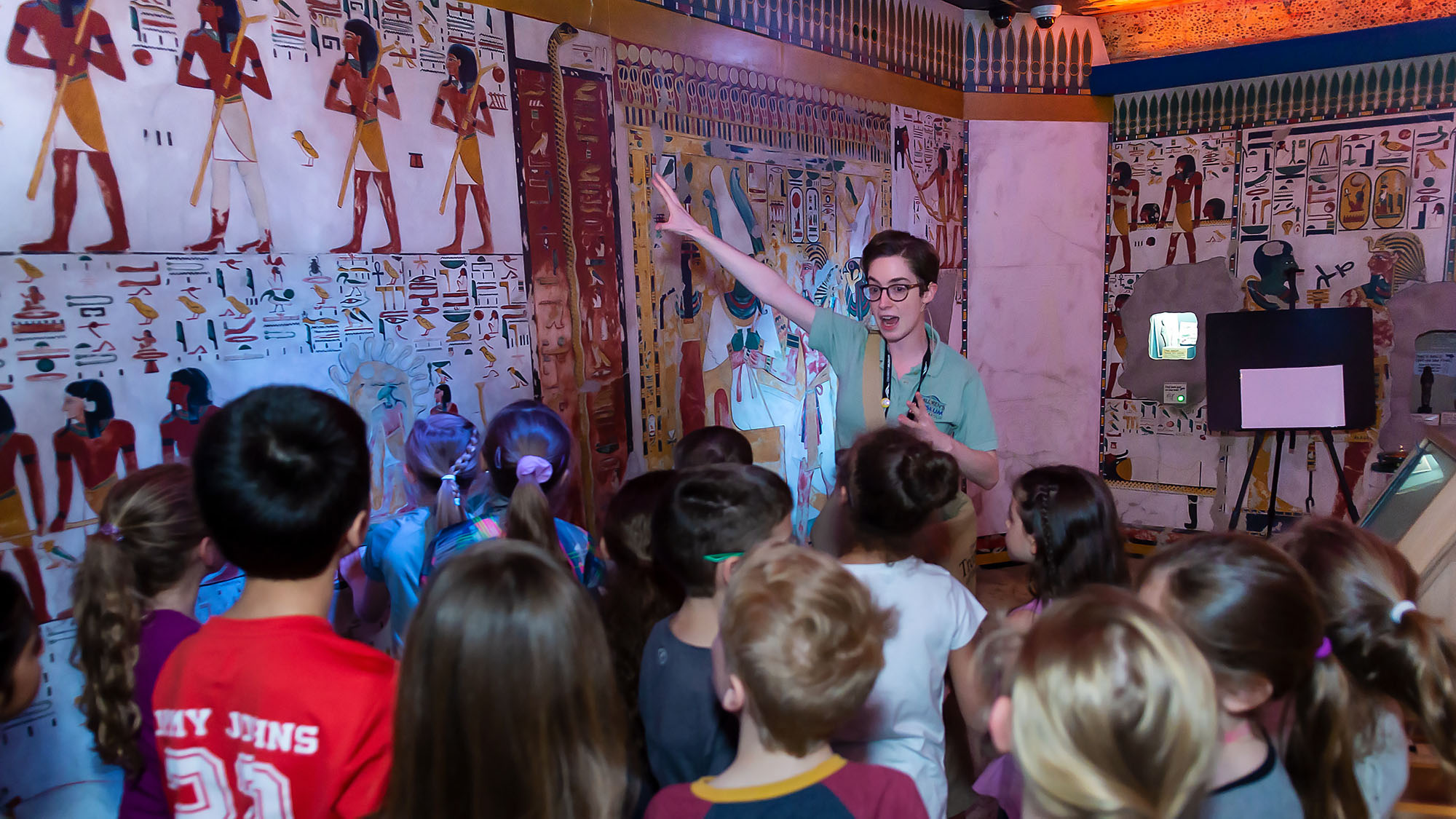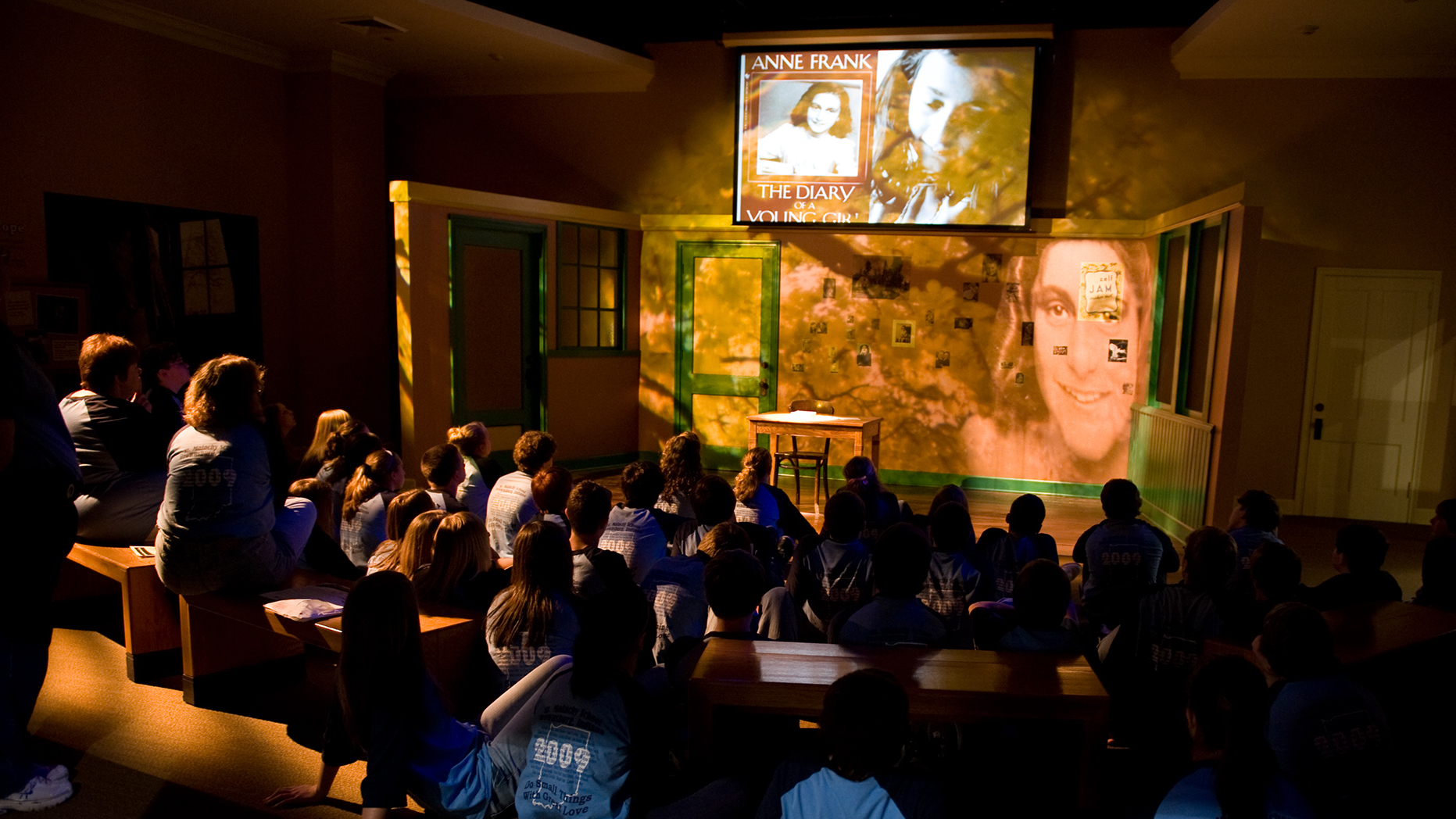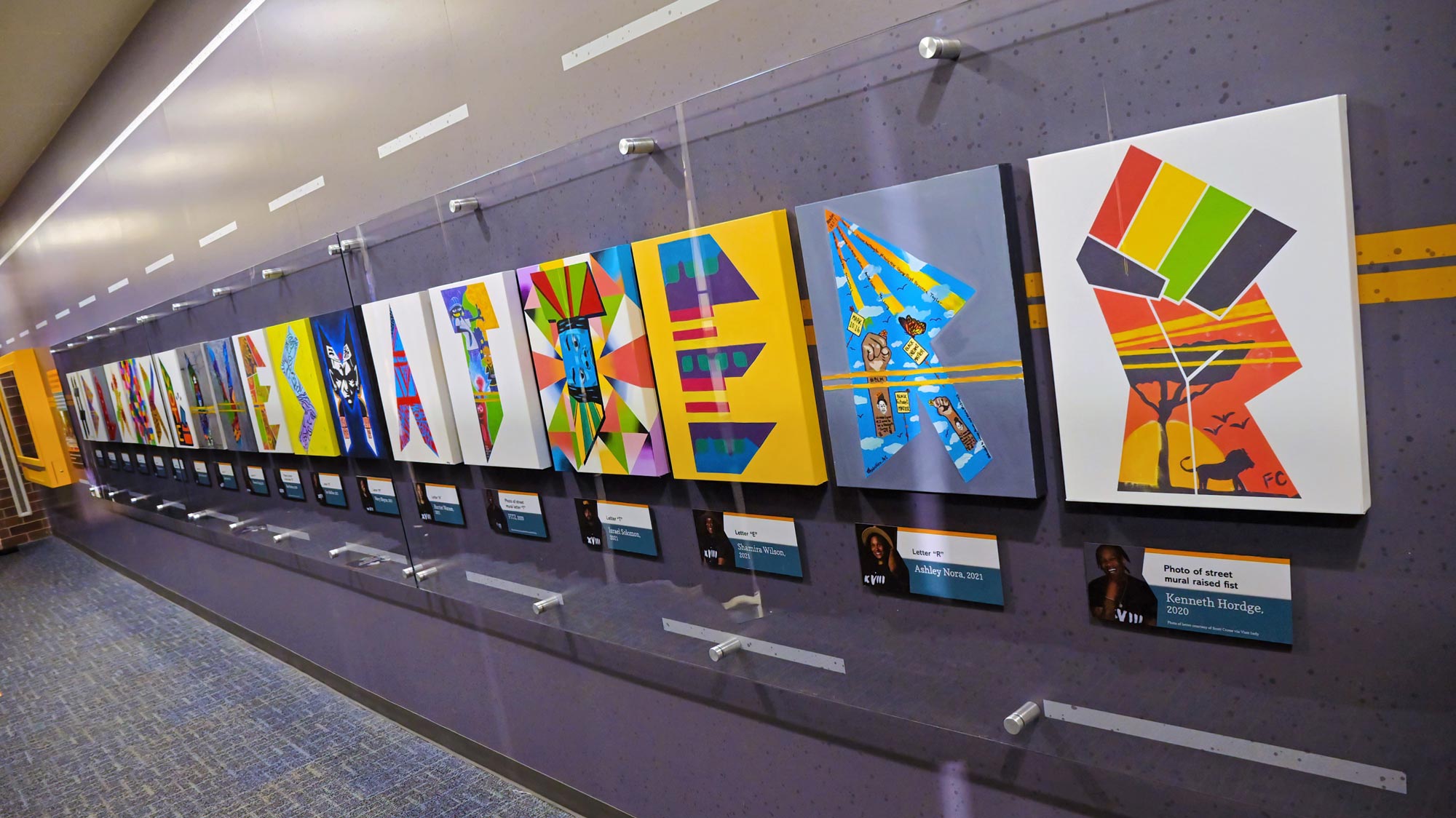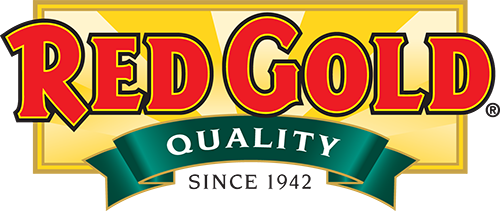Grades K–2
Dino Traits
Paleontologists can use the dinosaur bones they discover to learn how dinosaurs moved, how they lived, and even how they were related to other dinos. Do some paleontology by examining 3D printed models of three different dinosaur fossils with us!
Grades K–2
Hop, Swim, Fly
Animals move in all sorts of ways based on their body parts and where they live. See through animals' eyes with fun videos and discover how they get around their habitats!
Grades K–2
Light, Camera, Action!
See the world in a whole new light! Literally! Students will watch the Museum educator change as various lenses and materials are placed between them and the camera, and discover how, when light changes, what we see changes, too.
Grades K–2
Plants Alive! Seed Germination
Are plants alive? Where do they come from? Examine a seed to learn what makes it so special, and then test your green thumb by getting seeds ready to germinate. Make a garden in a glove and watch it grow in your classroom.
Grades 2–3
The Water Cycle
Students will simulate the motion of water through the water cycle using spinners to randomly determine how water might move from one locale to another. They will map water’s possible movements around the Earth and discuss how climate change might impact the movement of water through the water cycle.
Grades 3–5
Digging Through Time
Explore how fossils are laid down in the ground and how studying the layers of the earth can help paleontologists understand how old dinosaur fossils are. Can you dig it?
Grades 3–5
Fairytale Forensics
Someone has broken into the three bears’ house and it is up to you to use science and observation figure out who. The game is afoot! Explore a mock crime scene, collect evidence, and draw conclusions to solve the mystery!
Grades 3–5
Geology Tour
Students will learn what types of observations they must make to classify a rock correctly and the physical properties that make up each rock category. They will use a dichotomous key to determine the identity of a rock sample. Sign up for a rockin' good time!
Grades 3–5
Dino Names
Students will discover that the scientific names of many dinosaurs include Greek and Latin roots that describe the dinosaur’s traits. They will then create, name, and draw an original dinosaur species and use their knowledge of Greek and Latin roots to guess the names of their peers’ original dinosaurs.
Grades 3–5
Avian Adaptations
Students will explore 3 diverse ecosystems found in Peru (mountains, coastal hills, and rainforest) through the lens of native birds and how they are adapted to each different environment.
Grades 6–8
Planet or PlaNOT?
What counts as a planet? How and why did astronomers decide that? Explore the variety of solar system objects, learn how they are categorized, and discuss mystery objects to determine their place in the cosmos.
